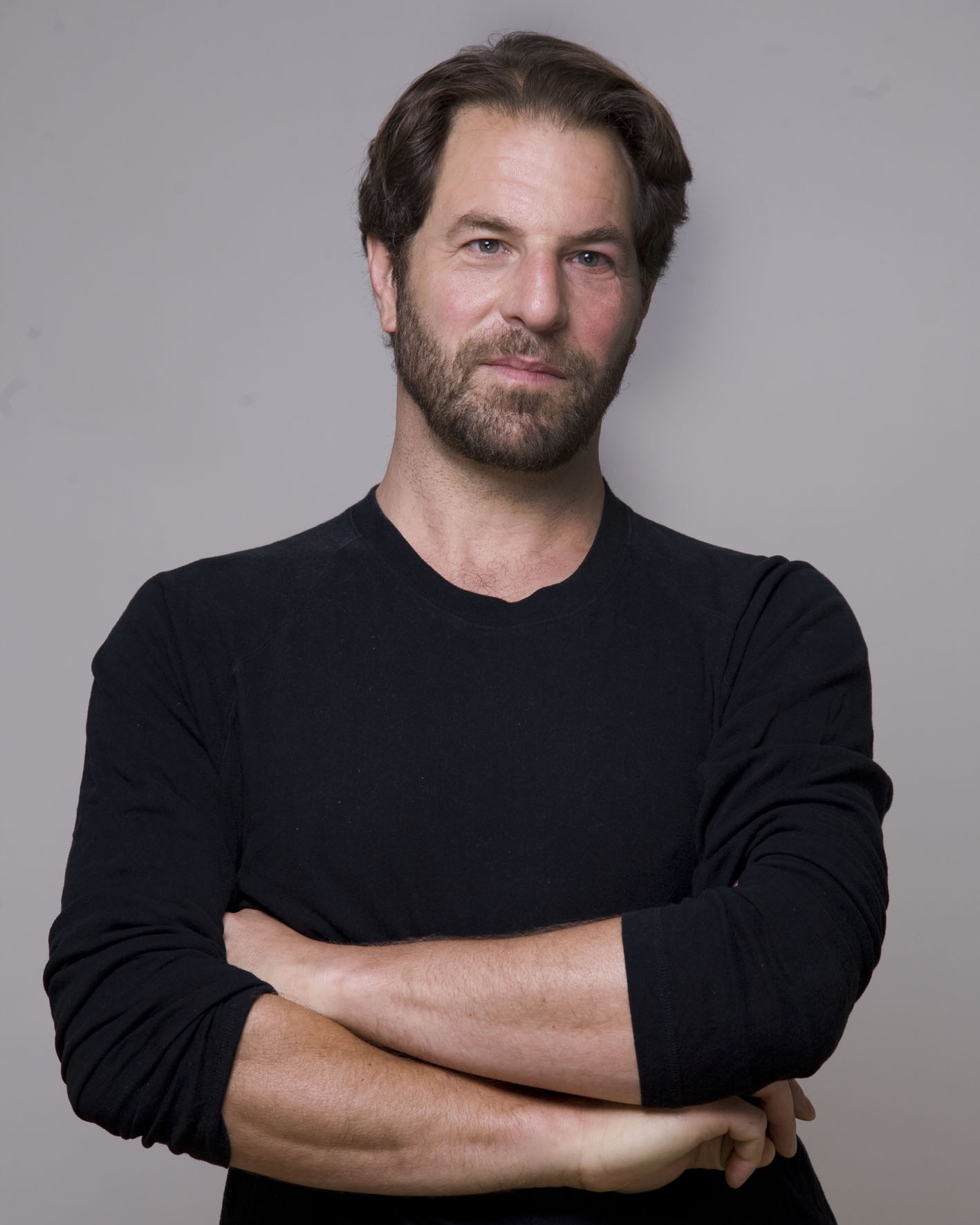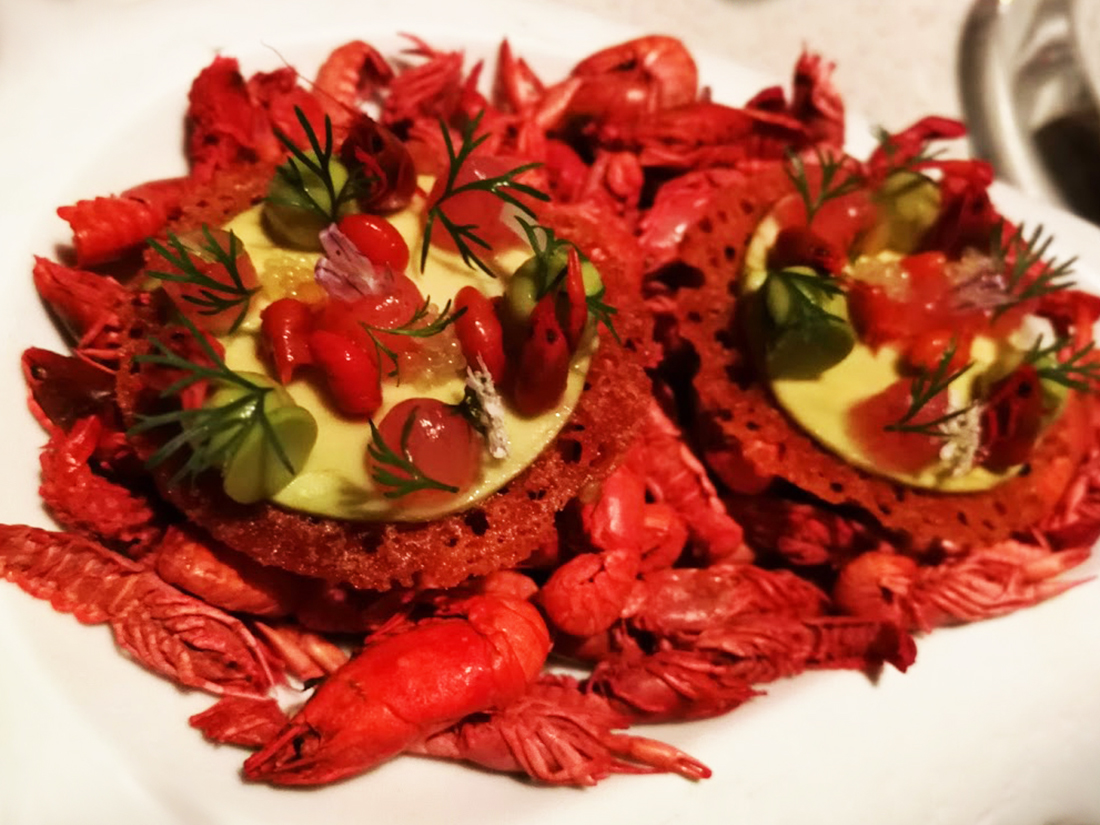Le Chique Honors Mexico
Culture at the Riviera Maya
I’ve never thought of the Riviera Maya as a place to eat. Man-made Cancún was a destination that I had been avoiding ever since I began my relationship with Mexico, over 40 years ago. When I finally got there to do some restaurant research, I was predictably disappointed by the mediocre fare offered to the tourist trade, very little of it even remotely Mexican. I did find an old-fashioned abuela-run joint called El Pocito, located in the unsightly center of town that met my criteria for the celebration of regional Yucatecan culinary culture. That was it.
But things are beginning to change. In recent years, as in many regions of the country, this once culinarily spartan land has been attempting to make up for lost time. Beach-going tourists have higher expectations and more sophisticated palates these days. René Redzepi and his pop-up Noma of 2017 have done a lot to alert chefs and destination diners to the fact that the Yucatan peninsula has something good to eat. Great restaurants (Ku'uk, Nectar) have popped up around Mérida, a few older establishments like La Tradición and Kinich are being noticed and lauded. Chef Federico López has been quietly upgrading the general quality of the areas’ fare. But before all that there was chef Jonatán Gómez Luna and Le Chique.
Gómez Luna has been on a mission to change the face of Mexican dining for 10 years. It’s not easy to do that outside the capital, where Enrique Olvera reigns supreme and diners are more accustomed to innovation. But the challenge is being met. Le Chique isn’t so much a restaurant as a theatrical, sense-encompassing spectacle, intellectual and visceral, challenging and comforting. Proustian memories are invoked for those who carry the references, newly minted if you don’t. The chef pays homage to the gastronomy of the world, the country and the region, never turning his back on where he is standing. He is a scientist and an artist, he wants you to think and learn but also to eat and enjoy.
The chef spent his early years in the capital. He studied at Ambrosia, one of the few schools that offer courses in traditional Mexican cooking.
He states that first and foremost, “I live to cook; I love what I do.” He has spent much of the last 10 years meticulously investigating the Yucatan, more like an anthropologist than a chef. “I think the peninsula is under-explored; there is a lot to cover—the jungle, the villages, forgotten products. I see Mexico in a global way while focusing on the specific place."
His cooking technique is decidedly contemporary as he utilizes post-modern methods developed by Ferrán Adriá and other vanguard chefs. But, as he says, “Technique should serve taste.” It did indeed at the long dinner we would take in.
Le Chique's Saarinen-like space
Le Chique, whose French sounding name is in fact invented, is located within the nicely appointed Azul Sensatori hotel/resort complex whose other dining options tend toward the complacent. The design of the dining room refers to optimistic mid-20th century futurism; it is open, vaguely circular recalling Saarinen’s TWA terminal in JFK airport and in that same way functions to highlight the proceedings within. Seating feels private, individual space is recognized and confirmed.
Our home for four hours
In anticipation of the dinner, the purpose of our visit to the peninsula, I had spent the previous day at a nearby branch of the resort with my colleague and collaborator, Ana Cristina, lounging on the beach, cocktails in hand. The time had finally arrived and we were whisked to the main hall of the nearby branch of the Azul resort. Accompanied by the chef himself, we were led to our table, set in a semicircular sparkling glassed-in nook, a privileged space housing shelves of wine bottles and a round table suitable for 2 to 4.
This would encompass our world for the next few hours.
The evening’s repast was an ambitious affair: the goal was to celebrate and pay homage to both the restaurant’s history and the gastronomic landscape of Mexico. Gómez Luna and his co-chefs emerged from the kitchen to deliver intriguing plates, boxes, domes and even what appeared to be an old leather-bound book, all containing jewel-like edible art objects. It was Breakfast at Tiffany’s a la mexicana. From the get-go, I could see that we were not to follow a straight and narrow path, as categories and geography were skewed. We jumped from sea to land, from coast to coast, mountain to plain. I recalled similar concept meals at Lima’s Central, whose menu ascends by altitude, from jungle to mountain, or that of the Michelin-starred Coque in Madrid where the diner is led on a circuitous route through Iberia. Here, while land and sea were roughly divided, we crawled back and forth across the republic like hungry ants at a gourmand’s picnic.
I would not attempt to describe all of the approximately 30 small dishes we were served, but a few standouts might help to place the experience within a context.
After a few amuse bouches, cocktails and Champagne, we made a pit stop in Michoacán for a post-modern version of ‘gazpacho moreliano’, which is a refreshing street food of the state’s capital, nothing to do with the Spanish version, consisting of fruit and cheese served in a plastic cup. Here, the Yucatan, Oaxaca and France is brought into the picture as local citrus are done as a coulis then poured over queso cotija and a little parfait of foie spiked with the rare Oaxacan chile chilhuacle.
Ternera crujiente con chile pasado
A little roll of “ternera crujiente con chile pasado” looked something like a fluffy golden spring roll, but in fact was a delicate version of chicharrón rolled up around the pasado, a dark, dehydrated and reconstituted chile sauce from the northern states of Durango and Chihuahua.
What was not to like about “our Caesar’s salad” that, one of the world’s few dishes whose story of invention in time, place and by whom is not apocryphal. Here, naturally, its elements are reduced in size and scope to what appears to be a pretty little Fabergé brooch.
And what a good idea it was to accompany these ‘botanas’ with a cocktail utilizing tepache, the old-fashioned fermented pineapple drink of the capital area, seemingly in danger of extinction. The drink contains a bitter note of Campari—sort of a tropicalized Negroni.
A Visit to CDMX
Next, a printed map of Mexico City was laid in front of each of us; the capital has been divided into areas of the city onto which have been placed typical albeit gussied up and deconstructed dishes that pay homage to the sprawling metropolis. The centro is represented by a little glass of refreshing horchata, here scented with the vanilla-like tonka bean. The less urban Milpa Alta’s ambassador is a mini blue-corn tlacoyo topped with chapulines and nopales. Coyoacán’s is a reduction of esquites – fresh corn – enriched by bone marrow, Venustiana Carranza offers a pambazo, the sautéed torta here containing longaniza de Valladolid from closer to home. We are asked to acknowledge the cultural diversity of the capital, that is, the heart of Mexico.
"El huevo que quiso ser panucho"
Perhaps the most exemplary and layered dish of all followed. It was an homage to the Yucatan, jocosely entitled ‘the egg that wanted to be a panucho.’ According to the chef, “The egg is a fetish ingredient at Le Chique and both eggs and panuchos [beanpaste-stuffed tostadas topped with shredded and spiced turkey or chicken, pickled onions and salsa] are considered standard breakfast fare in the peninsula; we wanted to bring them together.” So the marriage is consummated: an apparently soft-boiled and peeled quail egg, minimally decorated with a few verdant herbs, arrives perched on a wooden spoon in its nest of hay. We learn that the yolk has been extracted and emulsified with kilpauk, a typical salsa of roasted tomatoes and habanero, then injected back into the egg white. When the remade egg is gently prodded, the golden, translucent sauce seductively oozes out. Taken together as a small bite, almost sipped, the texture and flavor are delicate and layered. The sulphurous-ness of the egg hits first but is quickly tempered by the pleasing aromas of spices, a few little pangs of tomato and an intangible umami that the meat would have brought. Smoke wafts through the proceedings as a leitmotif. Though this little aria lasts only about 10 seconds, the essence of the Yucatecan gastronomic aesthetic is indeed invoked. I get what the chef is trying to say and do. He insists that “we always have that dilemma of trying not to force creativity; it has to flow.” It does.
Tostada de acociles
Ostion + aguachile + perla
Later, ‘mar y su bruma’, the celebration of the Mexican aquatic edible, arrives with the fanfare of a golden age MGM musical number. Our space is filled with sweeping sea-tinged fog revealing various little plates, amongst them a gorgeous tostada topped with crimson acociles, our version of fresh water crayfish, and a single oyster harboring ‘pearls’ of tart aguachile. The only thing missing is actress Esther Williams herself in a glimmering one-piece bathing suit to serve us.
The show finally settles down to a few homier plates that refer more to grandma’s kitchen than Adriá’s lab: pork belly with mushrooms and mole xico, lengua en mole negro. The ladies at the aforementioned El Pocito would have been happy. We mustn’t forget that, when it boils down to it, Mexico is a land of honest, hearty fare. That’s not to ignore the gilded bon bons placed before us as a parting benefaction.
Gomez Luna sums up that “We are a restless restaurant; we never stop dreaming and investigating. Le Chique is pure passion.” That may be true. I left, four hours later, and exhausted on every level, closed my eyes to the gentle sound of surf. Visions of the jewels representing the quintessence of the Mexican kitchen never ceased to float lazily, starlike, before me.
Le Chique
Carretera Cancun-Puerto Morelos km 27.5 Mz 37, Smz 12, 77580 Riviera Maya, Q.R.
Tel. 01 998 872 8450
Food: (1-10) - 9
Service: 9
Price: About $3000 ($150 USD) pp with pairing














